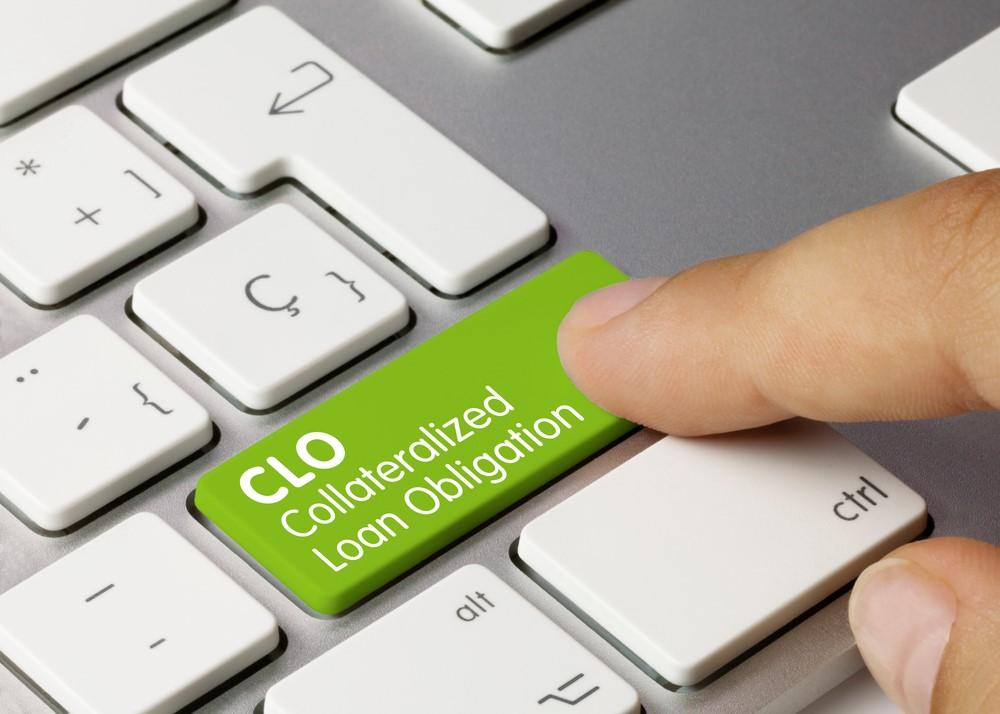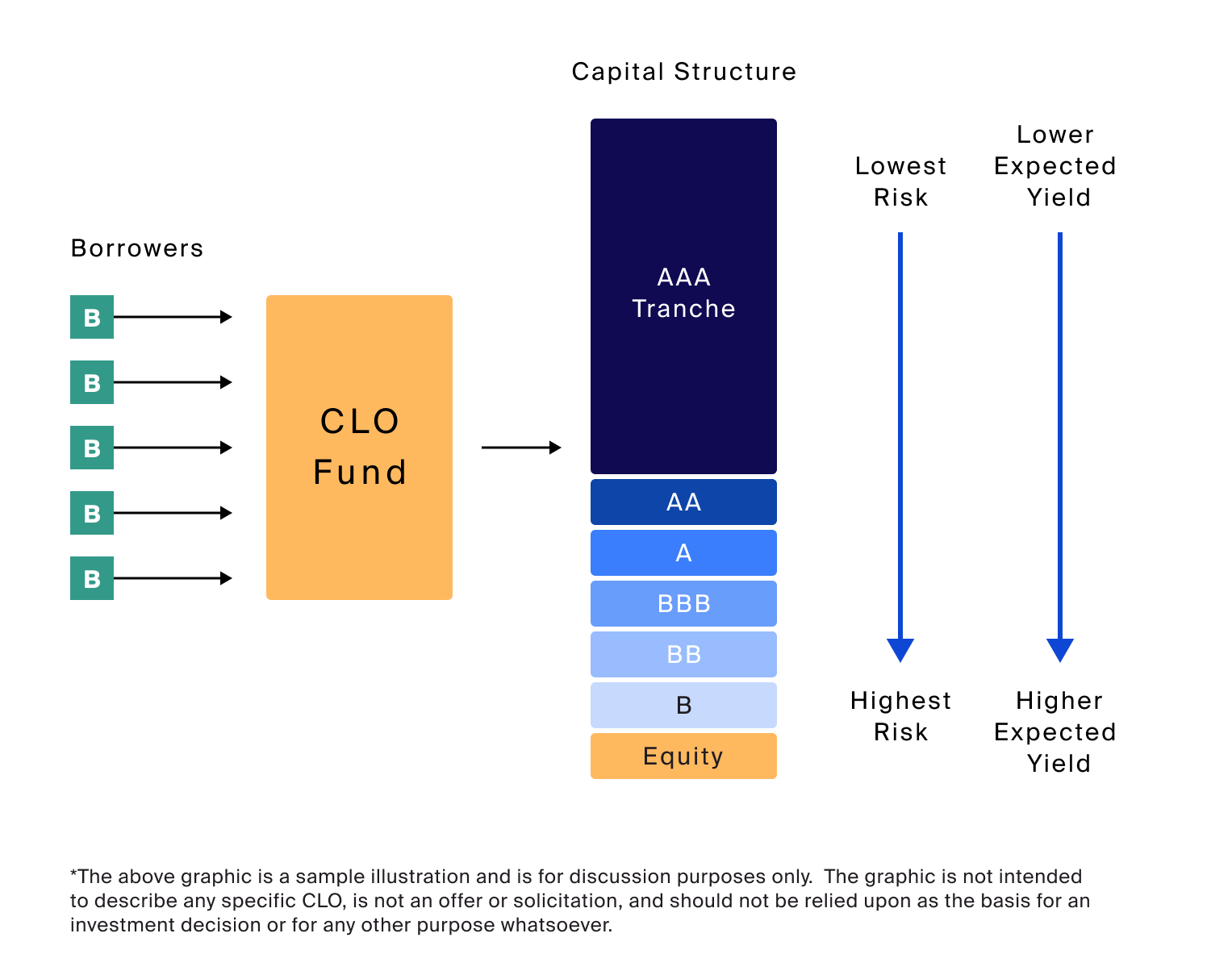Capital Loans And Jewelry: A Comprehensive Guide To Collateralized Financing
Capital Loans and Jewelry: A Comprehensive Guide to Collateralized Financing
Related Articles: Capital Loans and Jewelry: A Comprehensive Guide to Collateralized Financing
Introduction
With enthusiasm, let’s navigate through the intriguing topic related to Capital Loans and Jewelry: A Comprehensive Guide to Collateralized Financing. Let’s weave interesting information and offer fresh perspectives to the readers.
Table of Content
Capital Loans and Jewelry: A Comprehensive Guide to Collateralized Financing

Capital loans are a significant financial tool, particularly for individuals and businesses seeking substantial funding. One common collateralization option for these loans is jewelry, offering a unique blend of personal value and financial security. This comprehensive guide delves into the intricacies of capital loans secured by jewelry, exploring its benefits, considerations, and potential pitfalls.
Understanding Capital Loans
Capital loans, also known as business loans or term loans, are financial instruments designed to provide borrowers with a lump sum of money for specific purposes. These loans are typically repaid over a fixed period with regular installments, often accompanied by interest charges. Capital loans are often sought for:
- Business Expansion: Acquiring new equipment, expanding operations, or launching new products.
- Real Estate Investment: Purchasing property for residential or commercial purposes.
- Debt Consolidation: Combining multiple debts into a single, more manageable loan.
- Personal Expenses: Funding significant life events like weddings, education, or medical emergencies.
The Role of Collateral in Capital Loans
Collateral serves as an asset pledged by the borrower to secure a loan. In the event of default, the lender has the right to seize and sell the collateral to recover the outstanding loan amount. This arrangement mitigates risk for lenders, often leading to lower interest rates and more favorable loan terms.
Jewelry as Collateral: A Unique Option
Jewelry possesses several qualities that make it an attractive collateral option for capital loans:
- High Value: Precious metals like gold, platinum, and silver hold inherent value, making jewelry a valuable asset for collateralization.
- Liquidation Potential: Jewelry can be easily liquidated in the market, providing lenders with a readily available source of recovery in case of default.
- Personal Significance: For many individuals, jewelry holds sentimental value and serves as a tangible representation of wealth and status.
Benefits of Capital Loans Secured by Jewelry
- Accessibility: Obtaining a loan secured by jewelry can be a viable option for individuals who may not qualify for traditional loans due to credit history or income limitations.
- Faster Approval: The presence of tangible collateral often expedites the loan approval process, as it reduces risk for lenders.
- Lower Interest Rates: Collateralization can lead to lower interest rates compared to unsecured loans, as the lender is protected against potential losses.
- Flexibility: Jewelry loans can be tailored to individual needs, offering various loan terms and repayment options.
Considerations When Utilizing Jewelry as Collateral
- Appraisal Value: The loan amount is typically determined by the appraised value of the jewelry. It is crucial to obtain a professional appraisal from a reputable source to ensure an accurate assessment.
- Loan-to-Value Ratio: Lenders often set a loan-to-value (LTV) ratio, which determines the maximum loan amount based on the appraised value of the jewelry. This ratio typically ranges from 50% to 70%, meaning you may receive a loan equal to 50% to 70% of the appraised value.
- Insurance: It is essential to maintain adequate insurance coverage for the jewelry while it is used as collateral. This protects both the borrower and the lender against loss or damage to the asset.
- Storage and Security: Secure storage of the jewelry is crucial. Some lenders may require the jewelry to be stored in a secure location, such as a safe deposit box, during the loan period.
Potential Pitfalls of Capital Loans Secured by Jewelry
- Loss of Possession: While the jewelry is used as collateral, the borrower may lose possession of it, depending on the lender’s requirements.
- Market Fluctuations: The value of precious metals can fluctuate, potentially impacting the loan amount or the lender’s ability to recover their investment in case of default.
- High Interest Rates: While collateralization can lead to lower interest rates, it is still crucial to compare rates from multiple lenders to secure the most favorable terms.
- Default Consequences: In the event of default, the lender has the right to seize and sell the jewelry to recover the loan amount. This can result in significant financial loss for the borrower.
FAQs about Capital Loans and Jewelry
-
What types of jewelry are accepted as collateral?
- Generally, precious metals like gold, platinum, and silver are acceptable. However, the specific types of jewelry accepted may vary depending on the lender’s policies.
-
How do I find a reputable lender for a jewelry loan?
- Research lenders specializing in secured loans, check their reputation and customer reviews, and compare loan terms and interest rates.
-
What documents are required to apply for a jewelry loan?
- Commonly required documents include proof of identity, income verification, and a professional appraisal of the jewelry.
-
Can I use multiple pieces of jewelry as collateral?
- Yes, you can use multiple pieces of jewelry to secure a loan. The total appraised value of the jewelry will determine the loan amount.
-
What happens if I default on a jewelry loan?
- In case of default, the lender can seize and sell the jewelry to recover the outstanding loan amount.
-
Can I redeem my jewelry after repaying the loan?
- Yes, once the loan is fully repaid, you will regain possession of your jewelry.
Tips for Obtaining a Capital Loan Secured by Jewelry
- Compare loan terms and interest rates: Shop around for the best deals from different lenders.
- Obtain a professional appraisal: Ensure the appraisal is conducted by a reputable and certified appraiser.
- Maintain insurance coverage: Protect your jewelry against loss or damage.
- Understand the loan agreement: Carefully review the loan terms and conditions before signing the agreement.
- Maintain a good credit history: A strong credit score can improve your chances of securing a loan with favorable terms.
Conclusion
Capital loans secured by jewelry can be a valuable financial tool for individuals seeking funding. By understanding the benefits, considerations, and potential pitfalls, borrowers can make informed decisions about utilizing this collateralization option. However, it is crucial to choose a reputable lender, obtain a professional appraisal, and maintain adequate insurance coverage to ensure a smooth and successful loan experience.








Closure
Thus, we hope this article has provided valuable insights into Capital Loans and Jewelry: A Comprehensive Guide to Collateralized Financing. We appreciate your attention to our article. See you in our next article!
You may also like
Recent Posts
- The Allure Of Cubic Zirconia: A Comprehensive Guide To Its Beauty And Versatility
- The Evolution Of Jewelry Design: Embracing The Power Of CAD
- Corfe Castle: A Journey Through Time In The English Countryside
- Restoring A Precious Symbol: Repairing A Cut Ring
- A Comprehensive Guide To Silver Jewelry In Chennai: Unveiling The City’s Silver Treasures
- A Glimpse Into Kolkata’s Golden Legacy: Exploring City Gold Jewellery
- Navigating The Landscape Of Charitable Giving: Supporting Local Communities In The Wake Of COVID-19
- Corfe Castle And Village: A Journey Through Time
Leave a Reply